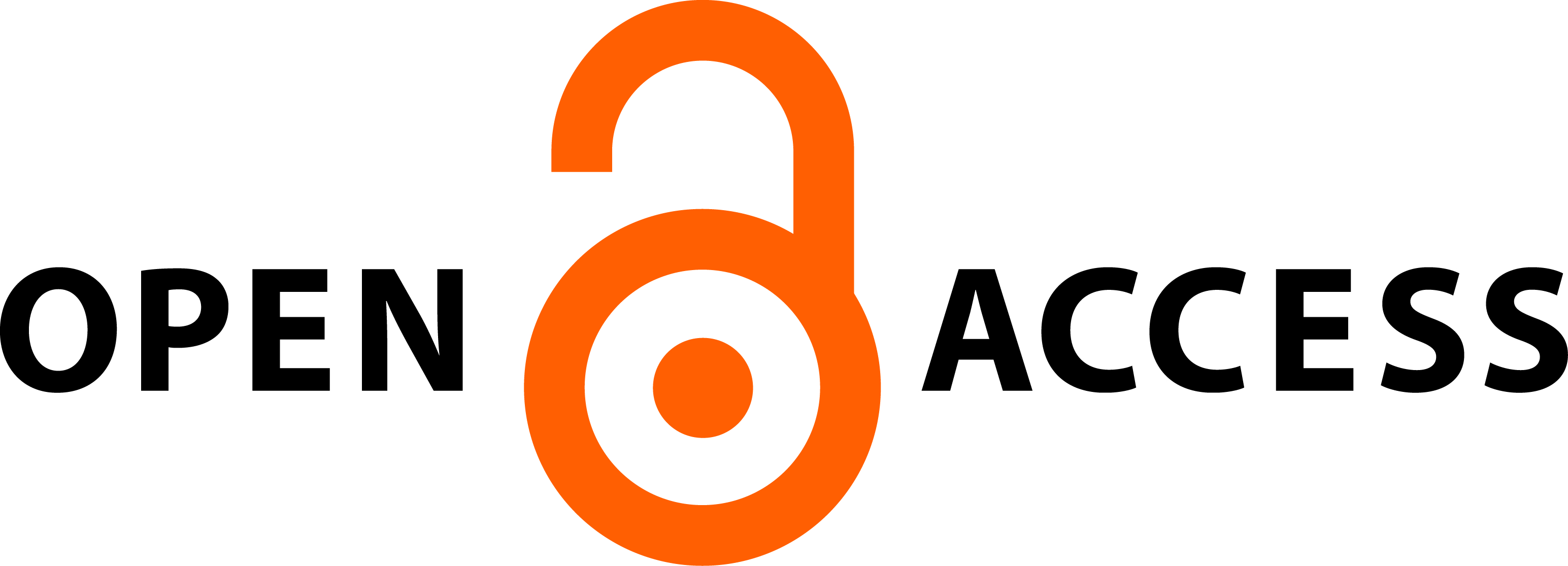RÓMAI TOPONIMÁK A MAGYAR NYELVŰ ÚTIKÖNYVEKBEN
Absztrakt
A külföldi desztinációkat bemutató útikönyveink nélkülözhetetlen elemei az idegen denotátumra vonatkozó toponimák. A tanulmány a földrajzi elnevezések egy különleges csoportját, az Örök Városhoz tartozó toponimákat vizsgálja magyar nyelvű útikönyvekben. E földrajzi elnevezések különlegességét az adja, hogy mind a latin, mind az olasz nyelvű alakok eredetinek tekinthetők, továbbá egy részüknek több konvencionális magyar elnevezése is létezik, így felmerül a kérdés, hogy milyen alakokat használnak a magyar nyelvű útikönyvek szerzői. Eredeti vagy magyarított formában jelennek meg a toponimák? Az útikönyveket áttekintve megállapítható, hogy az eredeti toponimák helyett, ritkábban mellett, magyar nyelvű változatokat használnak, amelyek azonban nem tekinthetők egységesnek, hiszen könyvenként eltérő alakok fordulhatnak elő.
Hivatkozások
Battisti, Carlo–Alessio, Giovanni. 1966. Dizionario etimologico italiano. Firenze: Barbera Editore.
Dardano, Maurizio. 2000. Manualetto di linguistica italiana. Bologna: Zanichelli.
Diós István főszerk. 1993–2010. Magyar Katolikus Lexikon. Budapest: Szent István Társulat.
Fábián Pál–Földi Ervin–Hőnyi Ede. 1998. A földrajzi nevek helyesírása. Budapest: Akadémiai Kiadó.
Fábián Zsuzsanna. 1999. Nomi propri italiani nell’ungherese. Nuova Corvina 6: 104–112.
Fogarasi Miklós. 1987. Nuovo manuale di storia della lingua italiana. Budapest: Tankönyvkiadó.
Gombrich, Ernst Hans. 1983. A művészet története. Ford. G. Beke Margit–Falvay Mihály. Budapest: Gondolat.
Gyenge István. 2006. Róma. Budapest: Dekameron.
Kiss Lajos. 1988. Földrajzi nevek etimológiai szótára. (I–II. kötet / A – K, L – Zs). Budapest: Akadémiai Kiadó.
Kordé Zoltán. 2010. Róma és a Vatikán. Útikönyv. Budapest: Hibernia.
Kudar Lajos. 2003. Róma. Budapest: Cartographia.
Nanovfszky György. 1996. Kereszténység – katolicizmus – ortodoxia. Budapest: Windsor Kiadó.
Ravaro, Fernando. 2010. Dizionario romanesco. Roma: Newton Compton.
Róma és Toszkána. 2011. http://www.studentlines.hu/r.html (2011. márc. 13.)
Római Vakáció. 2008. http://tdmtravel.hu/?page=detail&id=18456&iid=126 (2008. júl. 16.)
Szentkirályi Zoltán. 1980. Az építészet világtörténete I–II. Budapest: Képzőművészeti Alap Kiadóvállalata.
Ürögdi György. 1969. Róma. Budapest: Panoráma.
Vermes Albert Péter. 2005a. Proper names in translation: a relevance-theoretic analysis. Debrecen: Kossuth Egyetemi Kiadó.
Vermes Albert Péter. 2005b. Proper names in translation: a relevance-theoretic analysis. A doktori iskolákban megvédett névtani témájú doktori disszertációk. Névtani Értesítő 27: 311–314.
Vickers, Michael. 1977. A római világ. Ford. Borbás Mária. Budapest: Helikon Kiadó.








